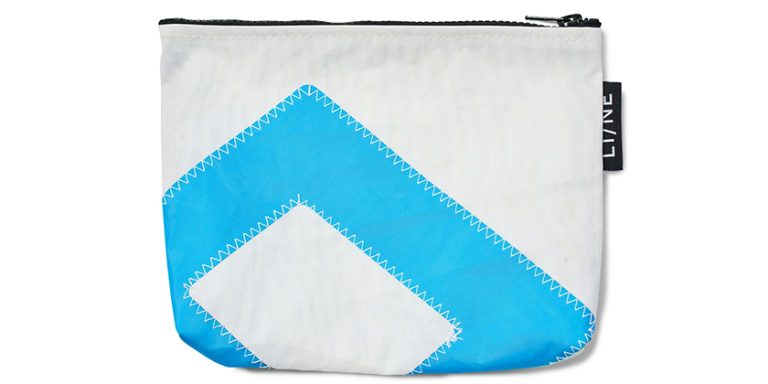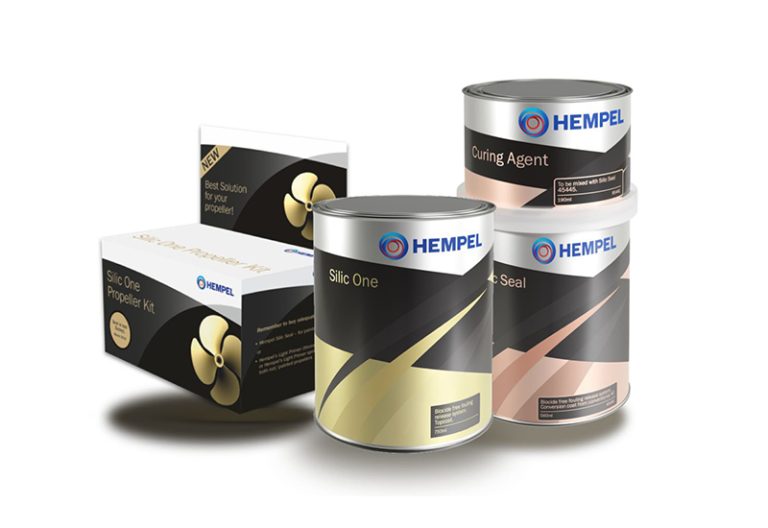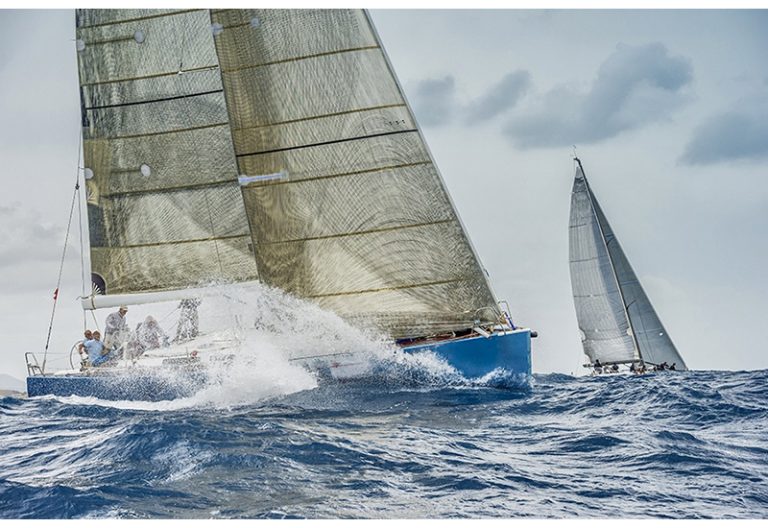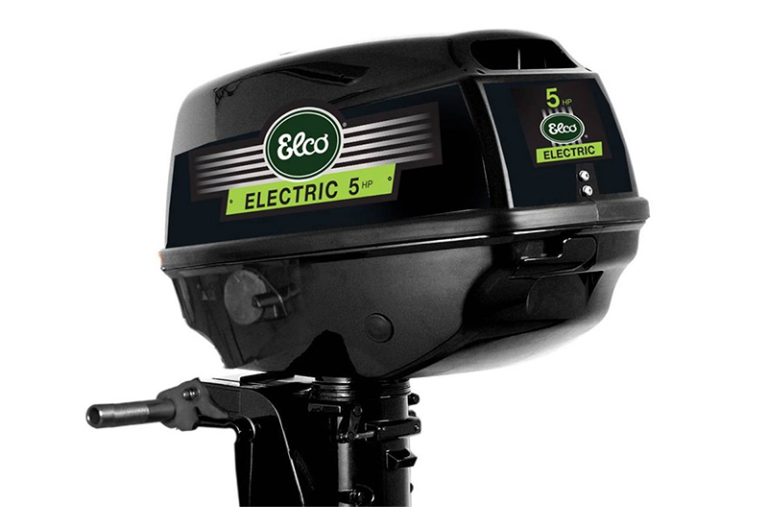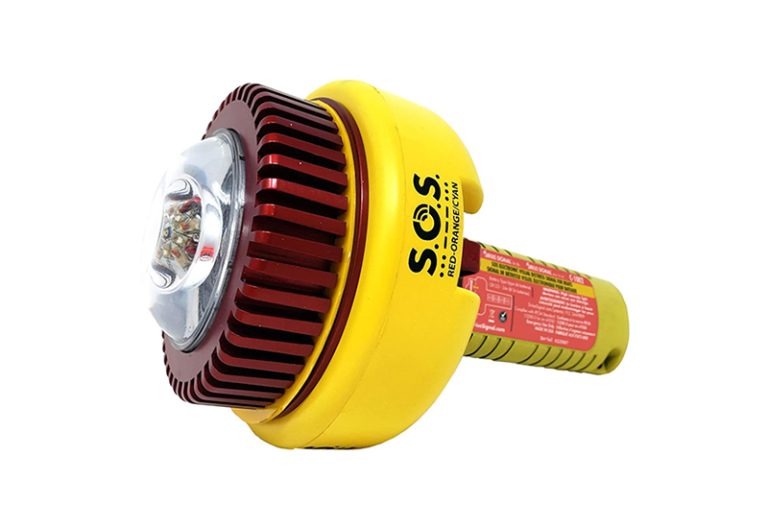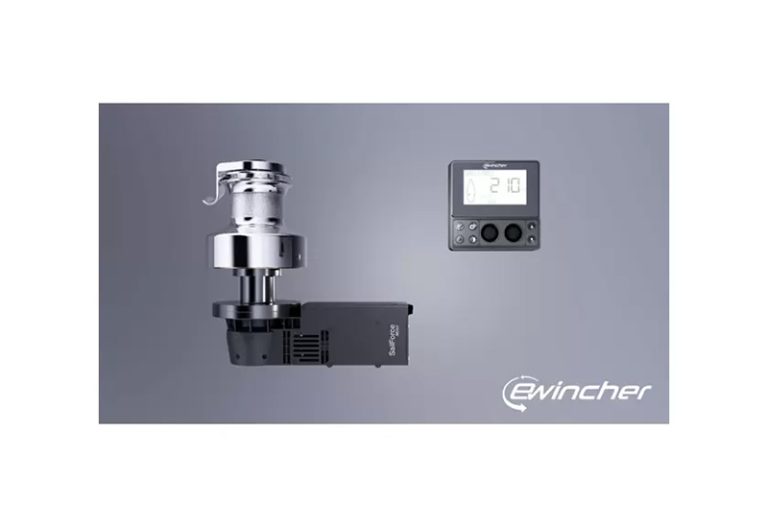MagicEzy Hairline Fix
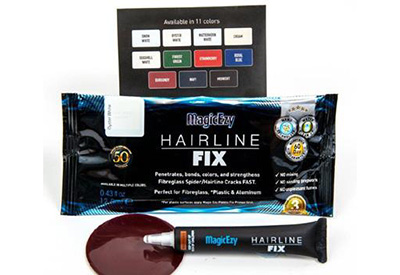
Aug 13, 2020
Developed in Australia available at marine dealers across Canada, MagicEzy fiberglass repair products allow even novice repairers to easily fix hairline cracks, chips, holes and other surface damage. Innovative fiberglass filler technology acts like a marine epoxy, allowing you to fill and bond fiberglass as well as color it, with professional quality results.
MagicEzy Hairline Fix is a colored sealant/adhesive used to quickly and easily repair fine stress cracks. No mixing, sanding or grinding. Durable, flexible repair helps stop cracks from spreading. Pre-tinted in the most popular boat colors.
There is a Canadian website magiezy.ca for the product although the retailer list doesn’t appear complete. The Australian site video is more fun than the one on the Canadian site. Both explain the product well.
{videobox}https://youtu.be/LTRjf4LFikE{/videobox}
{videobox}https://youtu.be/vihopVW1oIg{/videobox}
What causes gelcoat cracks?
Hairline cracks, stress cracks or spider cracks (star cracks) that occur in gelcoat surfaces on fiberglass boats or other watercraft are often seen as a cosmetic issue.
In most cases this is true, however it is important to seal them correctly otherwise water may penetrate into the fiberglass and cause more serious damage.
Most stress cracks occur in the gelcoat layer of fiberglass surfaces and can be repaired by yourself. If structural damage is suspected, you should get your boat inspected by a qualified boat repairer.
These problems occur as a result of:
- Manufacturing defects
- Environmental challenges
- Stress and movement
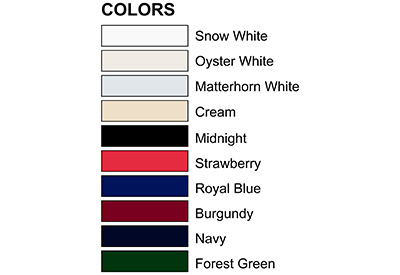 Also, older fiberglass boats tend to have a thicker application of gelcoat, which means they are more susceptible to cracking. Stress cracks first appear as very fine hairline cracks. Over time, the cracks get larger and the structure may begin to delaminate and/or blistering starts to occur.
Also, older fiberglass boats tend to have a thicker application of gelcoat, which means they are more susceptible to cracking. Stress cracks first appear as very fine hairline cracks. Over time, the cracks get larger and the structure may begin to delaminate and/or blistering starts to occur.
The main causes are:
- Swelling of the resin due to water diffusion
- Wave action and rigging stresses
- Direct sunlight or thermal shock on darker coloured gelcoat can cause warping, delamination and blistering
- Impact
- Expansion or contraction
How do you tell what the cause is? By the pattern of the crack:
- Radial cracks (spider cracks, star cracks) – caused by impact or by a fixture / bolt that puts strain on a certain area of a boat and cracks occur around the hole.
- Linear crack– caused by flexural strain
- Thermal fatigue cracks– when gelcoat repeatedly expands or contracts. These might be in a parallel pattern or a non-directional pattern
How to avoid gelcoat stress cracks?
Spider cracks can be avoided by countersinking holes just through the gelcoat, so the load is placed on the structural fiberglass rather than the brittle gelcoat. There’s also a great article on how to drill holes correctly to avoid chipping and cracking in fiberglass.
Quite often however, it’s near impossible to prevent these unsightly cracks due to the fact gelcoat is so brittle and rigid.

